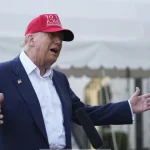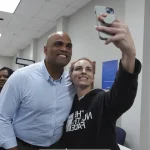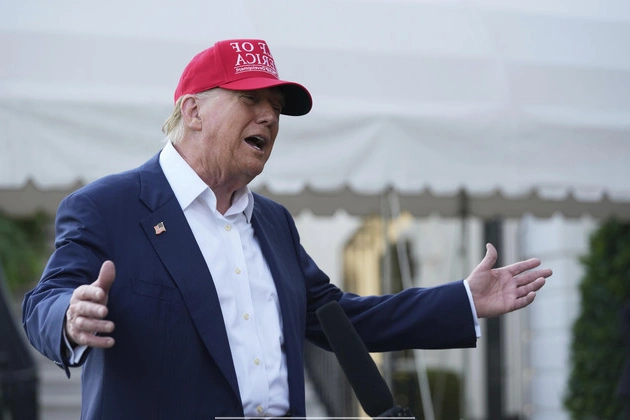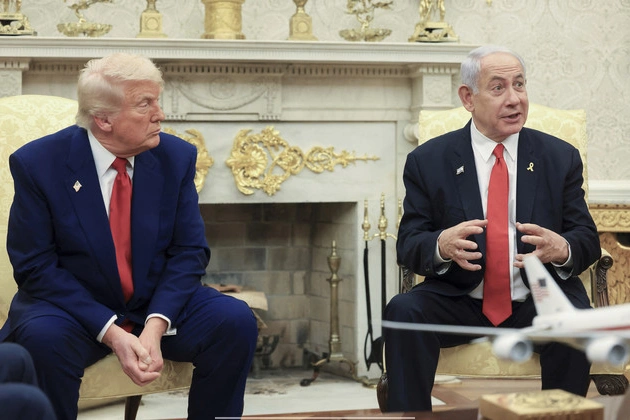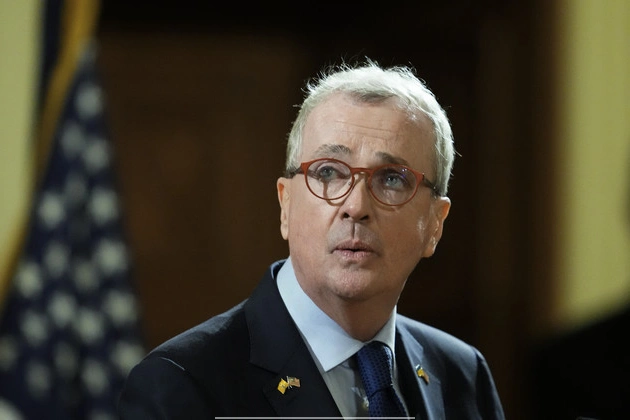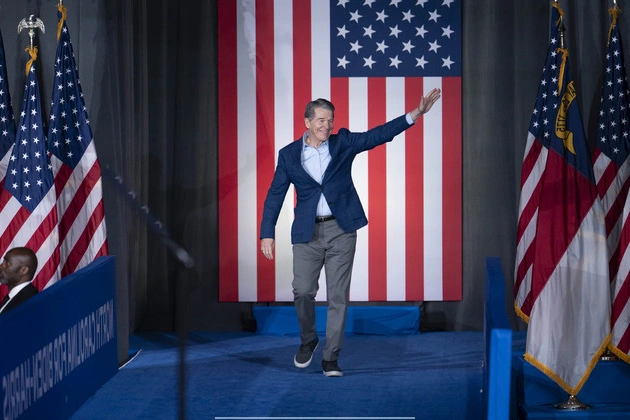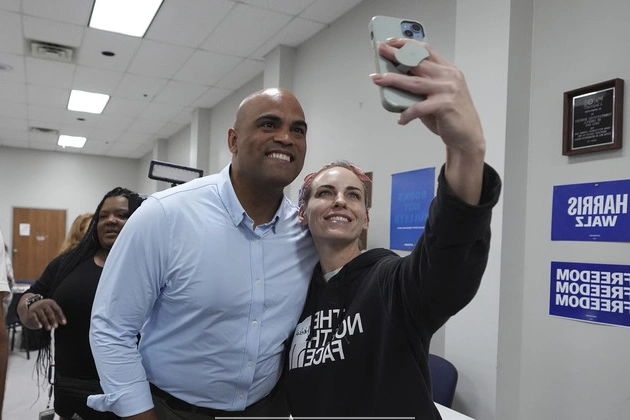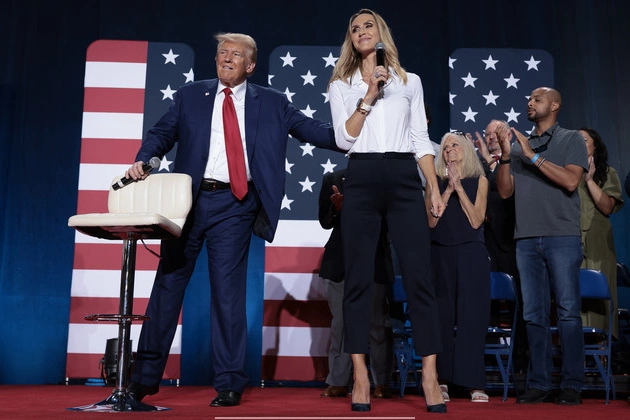
Inflation climbed in February as consumers braced for the potential onslaught of higher prices from President Donald Trump’s sweeping tariffs on U.S. trading partners. The Commerce Department reported Friday that prices rose at a higher-than-expected annual rate of 2.8 percent last month, excluding food and energy items, a signal that prices could spike even further in the coming months.
Trump’s Tariffs and Inflation Concerns
That doesn’t augur well for price-sensitive businesses and consumers — or for Trump’s big plans for the U.S. economy. While administration officials like Treasury Secretary Scott Bessent argue that tariff-related inflation will be transitory, most of Trump’s planned levies haven’t yet taken effect. Wall Street analysts are increasingly warning that the U.S. could fall into a period of at least some stagflation — a politically toxic combination of low growth and higher inflation that the country hasn’t seen in more than four decades.
“Today’s data has the general pattern of what many observers will be looking for in the months ahead as new tariffs and other policy changes begin to bite: weaker-than-expected spending and stronger-than-expected inflation,” David Alcaly, the lead macroeconomic strategist at Lazard Asset Management, said in a research note. “Much remains uncertain, and it’s premature to be drawing judgments about impacts, but seeing this pattern in hard data and not just surveys could feed apprehension.”
Implications of Tariffs on Various Sectors
February’s personal consumption expenditures report did not reflect the 25 percent tariffs on steel and aluminum imports that kicked in on March 12. Nor did it incorporate the effects of most of the new levies attached to Chinese, Mexican or Canadian goods. It predates auto industry tariffs — snarled auto supply chains were a major driver of post-pandemic inflation — as well as so-called reciprocal tariffs that are scheduled to be imposed next week. Import taxes on pharmaceuticals, semiconductors, copper and lumber are also being considered.
Barely two months after Inauguration Day, voters are sounding alarms over Trump’s lack of progress on cost-of-living issues. A Gallup poll released Thursday had him 18 points underwater on his handling of the economy. Future tariff-related sticker shocks are unlikely to improve those margins.
Economic Forecasts and Policy Implications
Bank of America economists now believe that “modest stagflation” is the most likely outcome for the U.S. this year, and that the combination of low growth and elevated prices will keep future interest rate cuts by the Federal Reserve on hold.
“The reason that we’re a little bit prone to stagflation right now — especially the inflation part — is that our starting point is not very favorable,” Aditya Bhave, a senior U.S. economist and managing director at BofA. When Trump imposed tariffs on Chinese goods during his first term, inflation was below the Fed’s 2 percent target and retailers had little precedent for passing higher import costs to consumers, Bhave said.
Consumer Sentiment and Inflation Expectations
The University of Michigan’s consumer survey — which Fed policymakers track to gauge sentiment — on Friday reported that year-ahead inflation expectations rose to 5.0 percent in March, the highest reading since November 2022. The increase was seen across party affiliations.
Expectations for longer-term inflation also spiked due to a “large surge among independents, plus a sizable rise among Republicans,” according to survey Director Joanne Hsu.
Business Responses to Tariffs
To be sure, there’s also a school of thought that suggests certain businesses can absorb tariff costs rather than risk pushing consumers past their breaking point.
Wells Fargo economists said in a report that goods-related industries have better profit margins than they did during the previous decade, which affords them more room to avoid passing the costs of new tariffs on to consumers. Trump himself has reportedly warned auto industry CEOs against lifting their prices, and Sen. Elizabeth Warren (D-Mass.) this week pressed Commerce Secretary Howard Lutnick for information on how the administration will keep big corporations from using tariffs as “a new set of excuses to price-gouge American consumers.”
Political and Economic Outlook
Regardless of who bears the tariff costs, the political realities of higher prices could prove untenable.
“How many incumbent parties around the world were strung out over inflation in the past couple of years?” Quinlan said. “I suspect that it’s going to be difficult for administration officials to hold these sorts of changes in place for a particularly long time as profit margins come under pressure and as inflation begins to weigh on consumers.”
